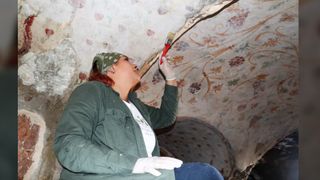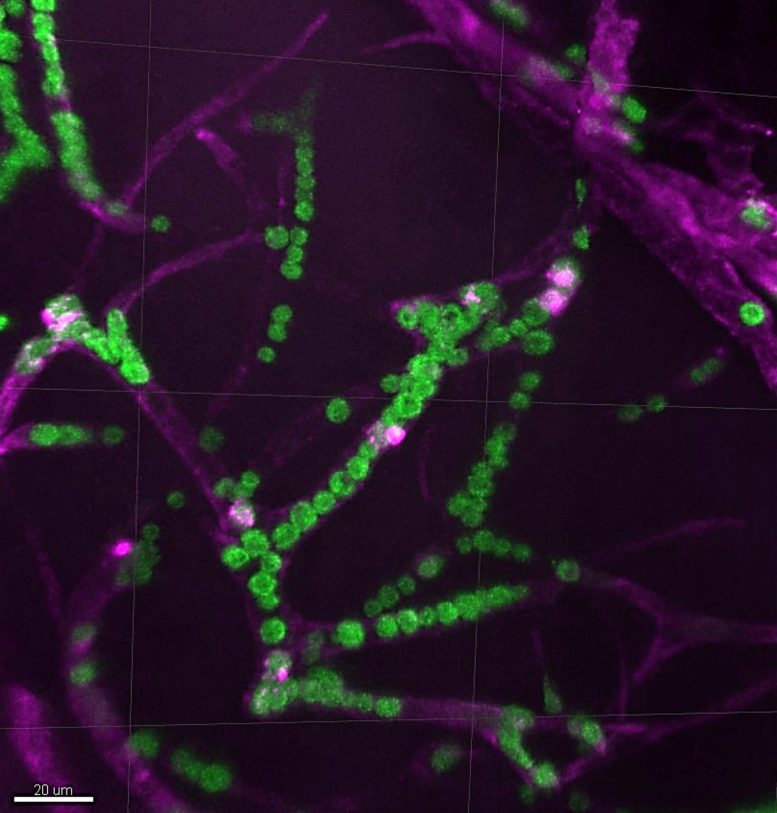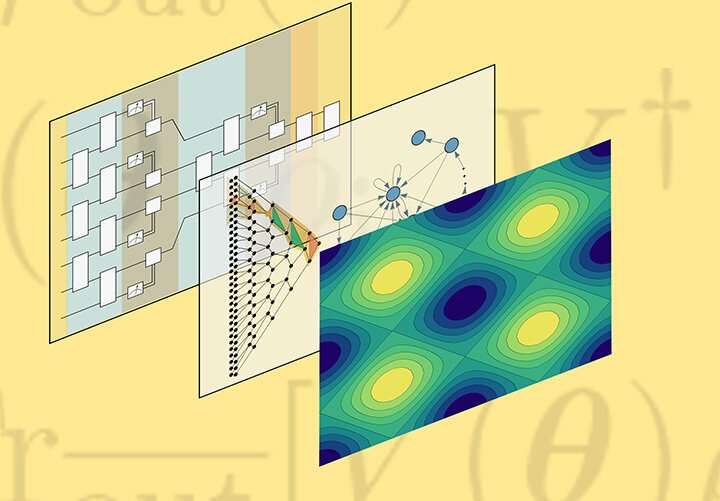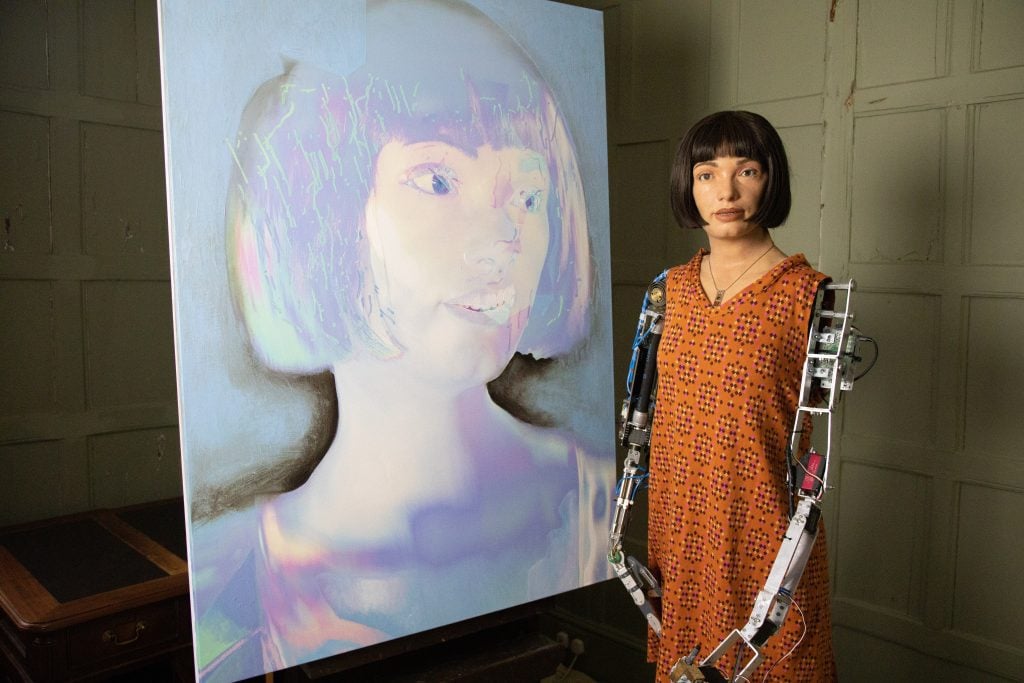 Ai-Da the artist robot with her self-portraits. Photo by Lucy Seal, courtesy the Design Museum and Aidan Meller.
Ai-Da the artist robot with her self-portraits. Photo by Lucy Seal, courtesy the Design Museum and Aidan Meller.Ai-Da was held by customs officials for 10 days before her release earlier today. Her work is set to appear in the first contemporary art show ever staged at the Great Pyramid of Giza, opening tomorrow. The extended detention led to something of a diplomatic crisis between Egypt and the U.K.
“The British ambassador has been working through the night to get Ai-Da released, but we’re right up to the wire now,” Aidan Meller, an Oxford art dealer who is both Ai-Da’s creator and representative, told the Guardian before she was cleared by customs. “It’s really stressful.”
Ai-Da’s creators have billed her as the world’s first ultra-realistic robot artist. But her high-tech capabilities raised the suspicions of border guards, who had concerns about her built-in modem as well as the cameras in her eyes, which Ai-Da uses to draw based on algorithmic responses to her observations. (She can also hold a conversation, thanks to a combination of human inputs and an AI language model.)
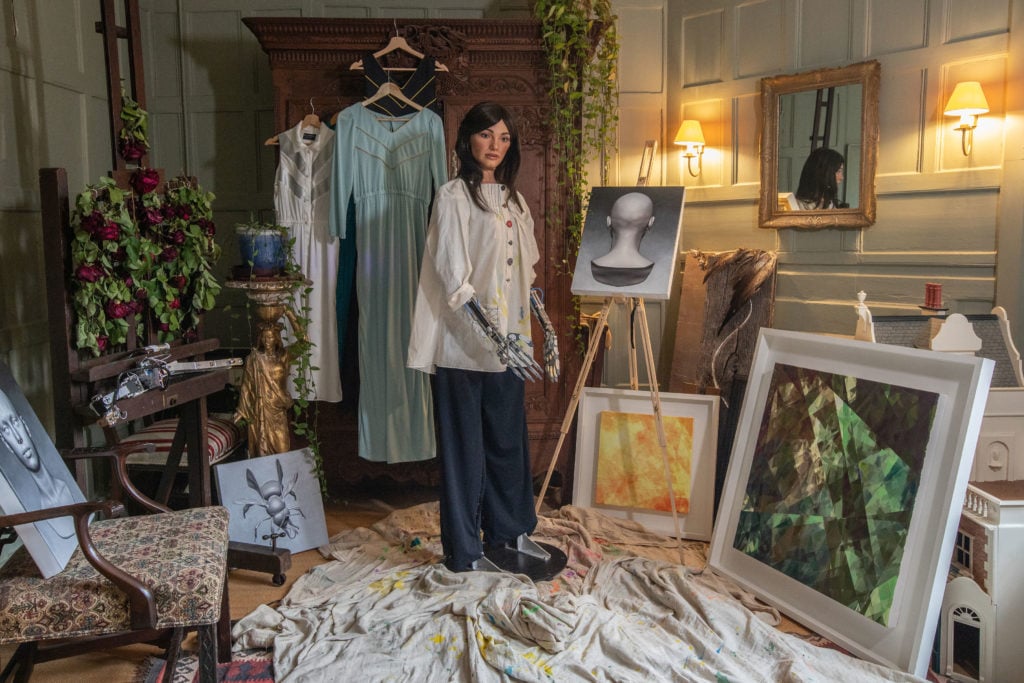
Ai-Da with Her Paintings. Photo by Victor Frankowski.
“Let’s be really clear about this. She is not a spy,” Meller said. “People fear robots, I understand that. But the whole situation is ironic, because the goal of Ai-Da was to highlight and warn of the abuse of technological development, and she’s being held because she is technology.” He added: “Ai-Da would appreciate that irony, I think.” TO READ MORE ABOUT THIS ARTIST, CLICK HERE...


